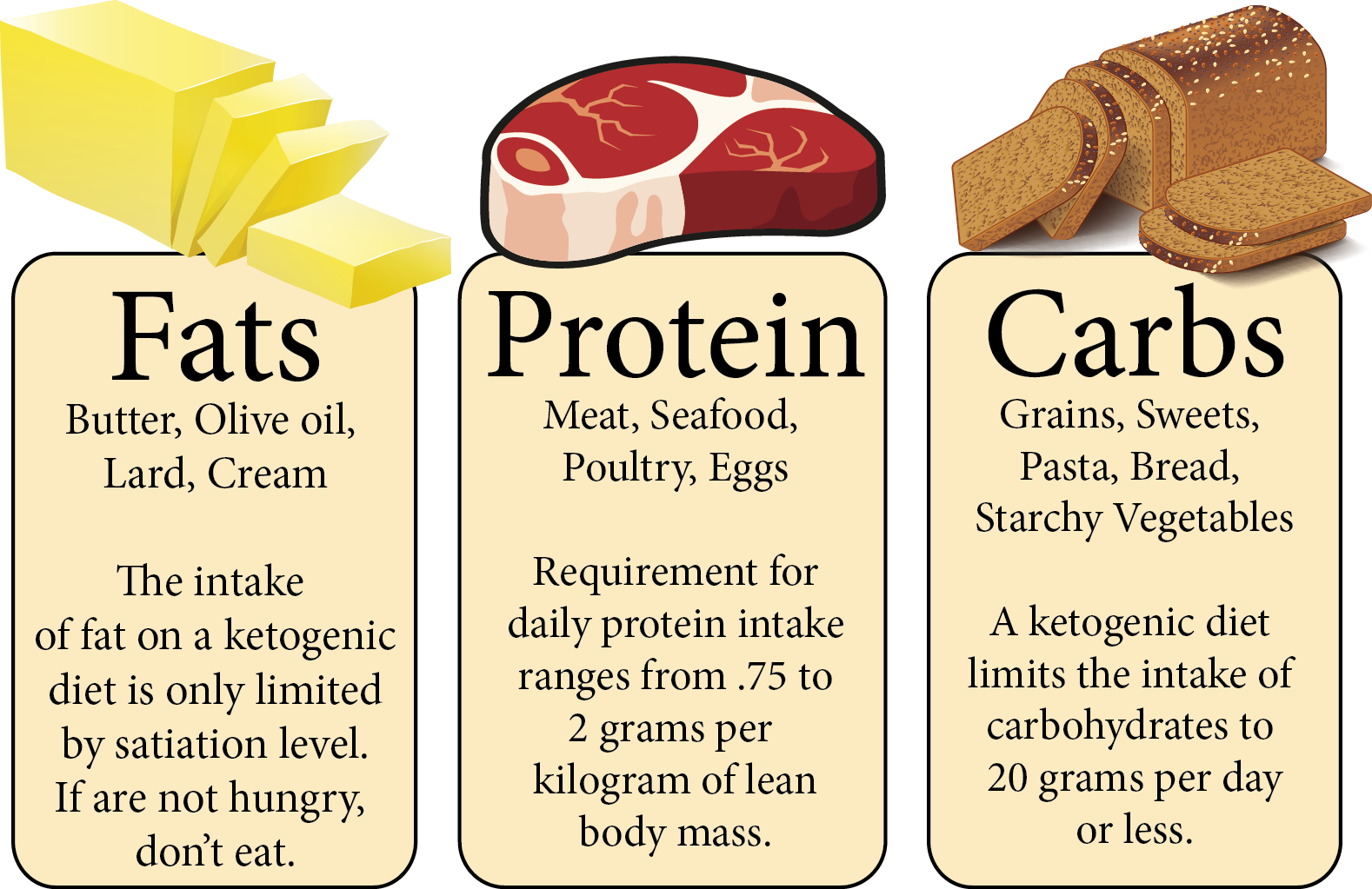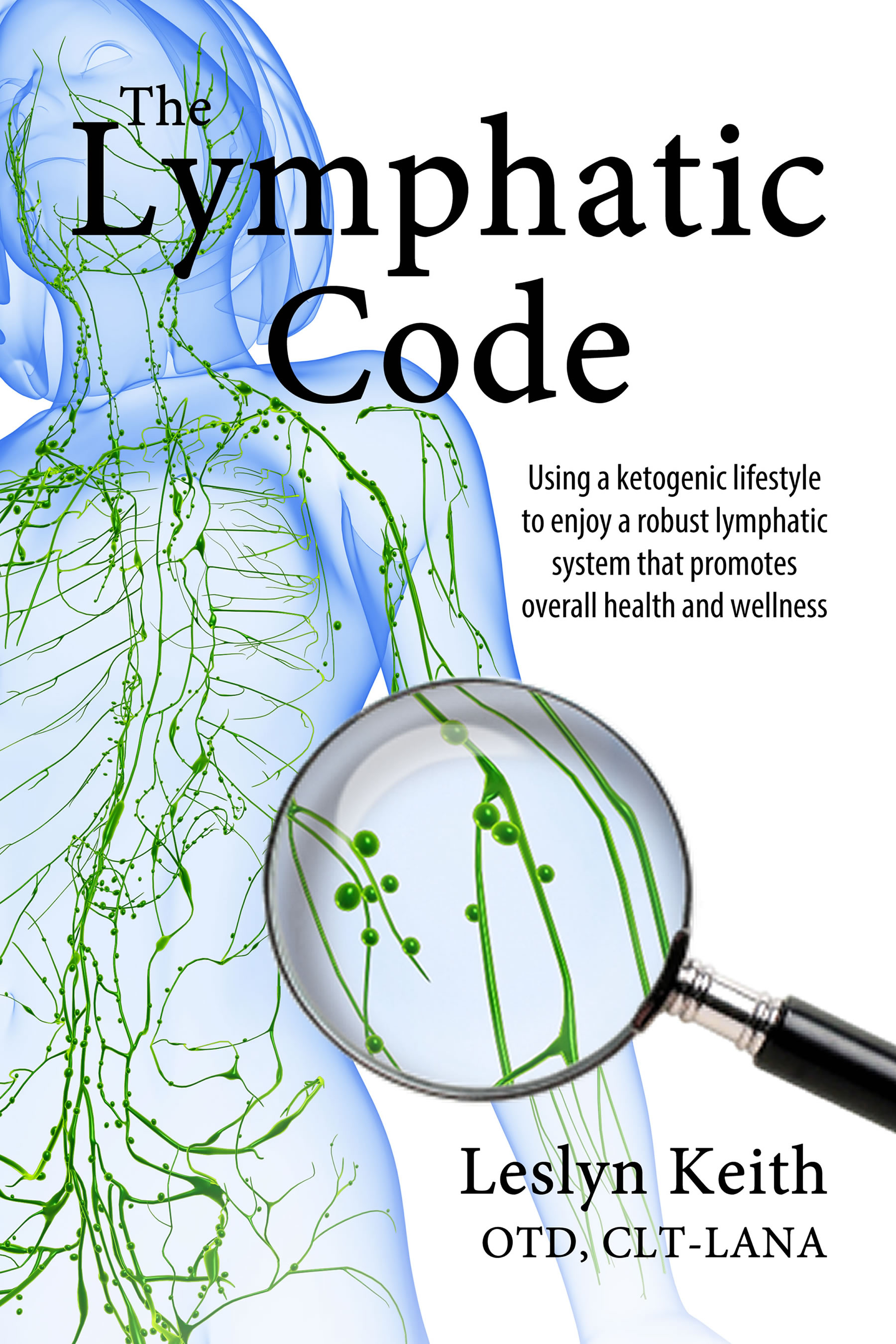What is a Ketogenic Diet?
Put “ketogenic diet” into a search engine and you will get over 45 million results in about half a second. That may even be the route you used to arrive at this site. The question is, though, how do you pare all the results down to trusted information? The first thing to understand is that there are no such things as ketogenic foods. This diet is one which restricts carbohydrates enough so that your body will shift over to using fat for fuel instead of sugar. All carbohydrates are made up of sugar molecules and your body will break apart those carbs so it can quickly store or burn them, since excess sugar (glucose) in the blood or other cells is harmful. Ketones are a byproduct of burning fat. That fat can come from something you ate or from stored body fat. Ketones may themselves be burned for energy. Therefore, a ketogenic diet is one which causes the body to burn fat and ketones.
The Ketogenic Diet and Ketosis
Everybody goes into ketogenesis (makes ketones) after several hours of not eating anything, such as when you are sleeping. Your body will use glucose (sugar) that has been stored in its cells and in the bloodstream as long as the level is above a certain point. At that point, the body will switch over to burning fat in its effort to avoid hypoglycemia (low blood sugar). A side effect of burning fat is creating ketones. A ketogenic diet is one which doesn’t stop this natural process.
How do you stop this process of ketogenesis? You wake up and eat a meal of oatmeal or pancakes or toast and jam. Your body will then immediately start to break down those carbohydrates into sugar and your body will switch back to burning sugar. The reason you are on this website, is that you have heard that a ketogenic diet is a healthy way of eating. There is no way to eat corn flakes and stay below 20 grams of carbs per day, so get rid of them.
More important than learning which foods are on a ketogenic diet is understanding what foods are largely made up of carbohydrates, so that they may be avoided. I have an exercise in my presentations where I distribute cards printed with food items. I ask participants to indicate whether the food on their card is mostly carbohydrate or fat or protein. It’s always remarkable that, among a group of well-educated individuals, foods are often miscatagorized as protein or fat when they are largely carbohydrates. This is common with such items as quinoa, grains or certain fruits and vegetables.
Another concern when trying to eat a ketogenic diet is that certain foods that one might think are mostly protein and fat have been adulterated with carbohydrates such as dextrose or corn syrup. You wouldn’t think that sausages have such things in them, but check the ingredient label on anything you purchase. After a while, you will become adept at recognizing carbohydrate-laden food. You will probably come to the realization that most of the food in any grocery store is attenuated, blended, contaminated, corrupted, defiled, degraded, diluted, mixed, tainted or thinned with some sort of carbohydrate. This is done on purpose by food companies that want to keep you coming back for more of their fattening, unsatisfying food-like substances. Don’t fall victim to their despicable deeds. Read those labels!
What Do I Eat?
At this point, you may be thinking, “I came here to find out what to eat on a ketogenic diet, not to learn biochemistry.” To know what to eat, we must know at least a bit of science about our metabolism and food science. That small amount of knowledge will pay off in a big way over a lifetime, in improved physical and mental health. I understand that having some sort of direction, (i.e., a shopping list), will be helpful to many people in their quest to break the cycle of metabolic syndrome, obesity and possibly a lymphatic disorder. So, here I’ve included examples of enjoyable items that can be included in a nourishing ketogenic diet, a delicious way of eating. Bon Appetit!
Have a trusted item list at hand when shopping, well before you prepare meals. I’ve listed items that you can incorporate into healthy, delicious meals. Remember, it is important to keep carbohydrate intake to less than 20 grams per day and to increase fat to satiation. There are also many websites that have nutrition information including macronutrient (fat, carbohydrate, protein) content of foods.

The picture at right gives information about the amounts and types of macronutrients allowed.
The following shopping list is organized by where you might find these foods. As a general rule, in the typical American market, you will end up shopping mostly from the perimeter, that is, the dairy section, the produce section, and the meat section. Very few foods amenable to a ketogenic diet will be found among the center aisles. The exception might be meats and non-starchy vegetables found with canned or frozen foods. Cheeses and deli meats will be found in the refrigerated section. Here, it must be repeated to choose only those items that you will enjoy eating. There is no need, on a well-formulated ketogenic diet, to eat things you don’t like.
Shopping List
Produce
|
|
Dairy
|
|
Meat and Other Proteins
|
|
Fats and Oils
|
|
Nuts and Seeds
|
|
Beverages
- Water
- Carbonated Unsweetened Flavored Water
- Coffee
- Tea
Other Sources of Information
- Dr. Georgia Ede, a psychiatrist, has an excellent website here: Diagnosis Diet
- Dr. William Davis, a cardiologist, has another great blog here: Wheat Belly
(Please Note: As an Amazon Associate, I earn from qualifying purchases.)
Books by Leslyn Keith, OT
|
Buy the print softcover book on Amazon Buy the E-book via Paypal |
Buy the print softcover book on Amazon Buy the E-book via Paypal |

